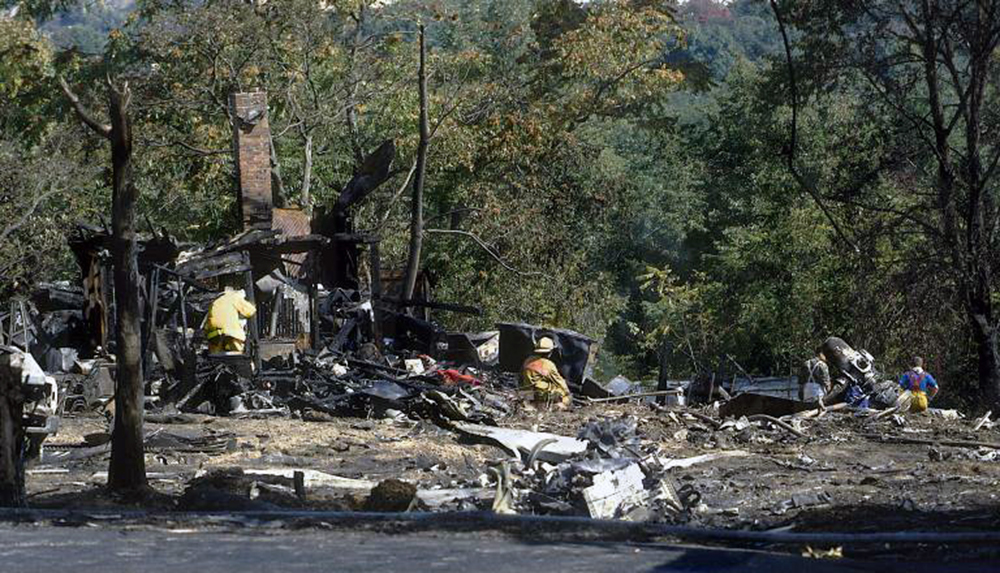Crash of a Cessna 414 Chancellor on Mt Beech Knob: 2 killed
Date & Time:
Nov 26, 1996 at 1208 LT
Registration:
N73CP
Survivors:
No
Schedule:
Summersville – Waynesboro
MSN:
414-0505
YOM:
1974
Crew on board:
1
Crew fatalities:
Pax on board:
1
Pax fatalities:
Other fatalities:
Total fatalities:
2
Captain / Total hours on type:
2720.00
Aircraft flight hours:
9358
Circumstances:
Shortly after takeoff, the pilot contacted Charleston Approach Control to pick up his IFR clearance to the destination. The controller instructed the pilot to maintain VFR and he then attempted to coordinate with Washington Center for the clearance. The controller subsequently was unable to establish radar contact with the flight and he also lost radio contact with the pilot. The aircraft collided with the upslope of high terrain in weather conditions comprised of fog, sleet, and snow. The accident site was about 14 miles from the departure point. Toxicological testing of the pilot revealed benzoylecgonine.
Probable cause:
The pilot's inadequate inflight decision which resulted in VFR flight into instrument meteorological conditions and his failure to maintain adequate terrain clearance which resulted in an inflight collision with terrain. The low ceiling was a factor.
Final Report:




